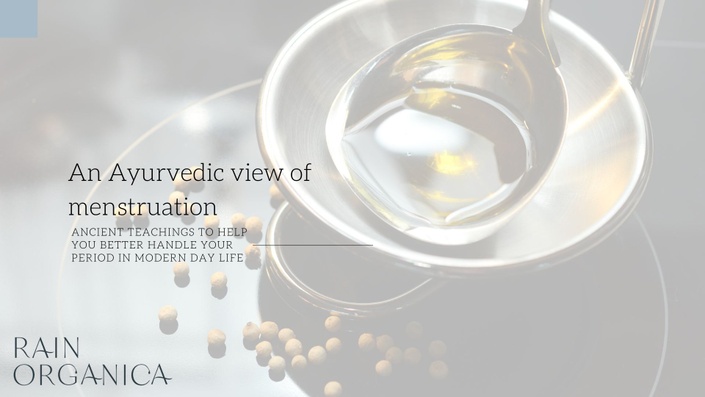Your body speaks.
These courses help you understand your body's language so that you're able to support it in maintaining its natural state of harmony.
You'll learn how to recognize & embrace your body's cues for easier periods plus natural (& confident) contraception. Yes, it's possible to ditch the pill and mend your relationship with your period!
Rain Organica's Courses
Check your inbox to confirm your subscription


